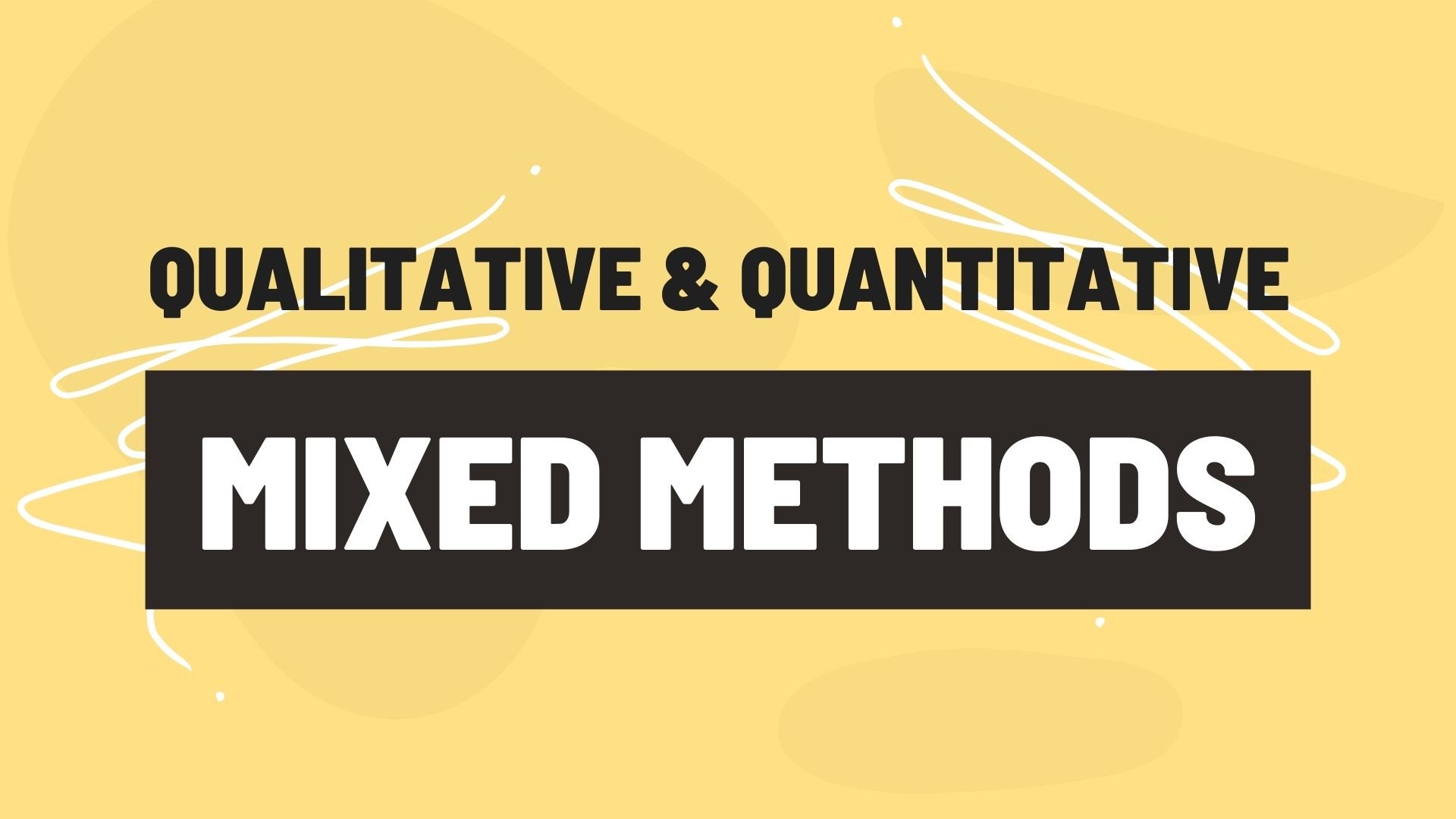Member checking, also called respondent validation, is a qualitative research technique where researchers and study respondents collaborate to ensure data accuracy.
Read MoreResearchers use consensus coding and split coding at the final stage of coding to discuss coding decisions, finalize the codebook, and add rigor to their research results.
Read MoreResearcher triangulation in qualitative analysis uses multiple researchers to collect and analyze data.
Read MoreThis guide introduces qualitative content analysis and covers many types of qualitative content analysis. We also provide a step-by-step guide for how to conduct qualitative content analysis.
Read MoreInductive content analysis is a flexible analytical technique to generate new theories, while deductive content analysis is a more structured method to verify or test preexisting research.
Read MoreThis article identifies, defines, and explains the various representations of thematic content analysis throughout the formative literature on qualitative research.
Read MoreClarifying the difference between thematic analysis and the common forms of qualitative content analysis—and offer researchers a rational way to match the purpose of their intended study with the appropriate method of data analysis.
Read MoreRelational content analysis is a qualitative research method that begins by counting the frequency of a concept within textual documents in order to analyze the underlying relationships between them.
Read MoreConceptual content analysis is a qualitative research method that uses word frequency to analyze the consistency or regularity of certain notions or ideas that are represented within the text.
Read MoreSummative content analysis in qualitative research involves identifying essential keywords, counting occurrences across textual sources, and then reading them over to offer a final write-up.
Read MoreConventional content analysis is an inductive approach to qualitative content analysis in which you develop codes and categories from your data instead of applying preexisting categories or theories.
Read MoreWithin qualitative content analysis, two of the prototypical methods of research are qualitative manifest content analysis and qualitative latent content analysis. This article explores both approaches in detail.
Read MoreIn qualitative analysis, bracketing is the suspension of judgment by the researcher in order to avoid their own biases from entering the study.
Read MoreAn unstructured interview is a type of interview in which the questions or the order in which they are asked are predetermined.
Read MoreEthnographic research is a qualitative research method that involves studying people in their natural environment to understand their culture, beliefs, and practices.
Read MoreThe Institutional Review Board (IRB) is a committee or group charged with reviewing human studies and protecting the rights and welfare of participants.
Read MoreSymbolic interaction theory is a sociology theory that seeks to understand human conduct by focusing on symbols that help us give meaning to experiences in our life.
Read MoreQualitative data is non-numerical data that is produced from qualitative research methods. The following are examples of qualitative data that can be used for analysis in research.
Read MoreA semi-structured interview is a data collection method that combines the elements of structured and unstructured interviews.
Read MoreMixed methods research is the combination and integration of the components of qualitative and quantitative research methods in a single study.
Read More


















